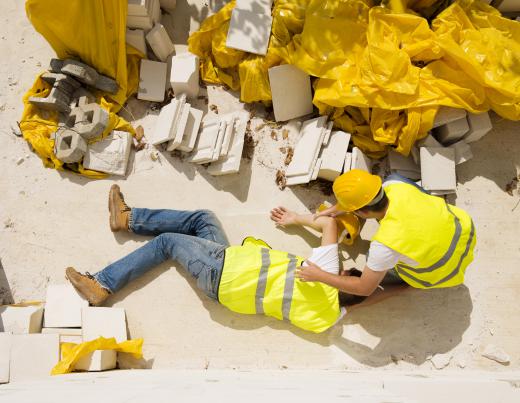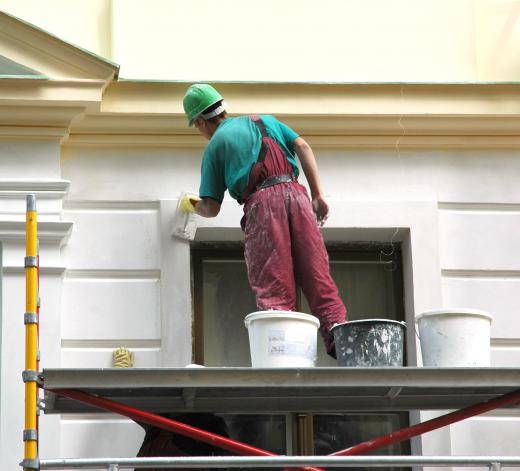Scaffolding tubes are metal sections of pipe used to construct a scaffold, which is a support system erected outside of buildings and structures being built. The scaffolding allows workers to access the upper levels of a building or structure safely by climbing these temporary structures and standing on platforms. Scaffolding tubes come in various lengths so the structure of the scaffolding can be customized to fit a particular job. They are held together using couplers, which can also vary in size and function depending on the intended application.
There are three general types of scaffolding tubes: standards, ledgers, and transoms. Standards are the vertical scaffolding tubes that will act as the support for the entire structure. Ledgers run horizontally, usually between the standards, to provide lateral support. Transoms are smaller support tubes that run perpendicular to ledgers, and they are used to add stability to the structure and to provide a surface on which platforms can be placed. All of these different types of scaffolding tubes are connected by couplers that prevent excess flex or movement when the structure is completed. The tubes and couplers are modular, so different shapes, heights, lengths, and widths of structures can be built.

Steel and aluminum are usually used to make scaffolding tubes. Steel tubes tend to be heavier, but they are exceptionally strong as well. Aluminum tubes are much lighter, but they cannot support as much weight as steel tubes can. Sometimes composite tubes are used, though these tend to be fairly expensive and are not used nearly as often as steel tubes are. Scaffolding tubes can be cut to length fairly easily, and they are usually sold at a specific length — usually around 20 feet (6.3 meters) — and then cut accordingly. The width is usually a standard size as well, and the thickness of the walls can dictate how much weight the finished structure will be able to support.

In most cases, steel tubes are galvanized. This means they are coated with zinc, which will help prevent rust and corrosion due to exposure to the elements. Aluminum tubes do not generally need to be galvanized, as aluminum is fairly resistant to rust and corrosion. If the steel is not galvanized, it will usually be painted or otherwise chemically treated to protect it from weather damage. Steel does tend to bend when impacted, but it can be bent back into shape fairly easily; aluminum is more brittle and less likely to bend back into shape after an impact.
